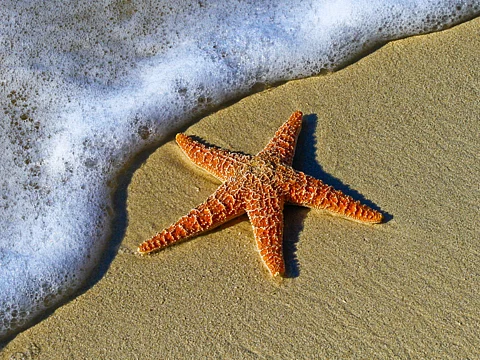
- Home
- Live Blog
- Breaking News
- Top Headlines
- Cities
- NE News
- Sentinel Media
- Sports
- Education
- Jobs

Scientists identify deadly bacteria behind catastrophic marine die-off
After more than a decade of speculation and scientific inquiry, researchers have finally uncovered the cause behind the mass death of over 5 billion sea stars along North America's Pacific coastline—a mystery that had baffled marine biologists since 2013.
According to a newly published study in Nature Ecology and Evolution, the culprit is a marine bacterium called Vibrio pectenicida, previously known for infecting shellfish. The bacteria triggered what became known as Sea Star Wasting Disease, a gruesome illness that led to the collapse of sea star populations from Mexico to Alaska.
A Grim Marine Tragedy Unfolds
“It’s really quite gruesome,” said Alyssa Gehman, a marine disease expert at the Hakai Institute in British Columbia. “Healthy sea stars have puffy arms sticking straight out, but with the disease, they develop lesions, and then their arms actually fall off.”
More than 20 species were affected, but the sunflower sea star suffered the most, with nearly 90% of its population wiped out within five years. The sudden and massive die-off had serious ecological implications, as sea stars are vital predators in their ecosystems.
Solving a Decade-Long Puzzle
For years, scientists suspected a virus—particularly a densovirus—but further research showed this virus was present even in healthy sea stars, ruling it out as the cause. The breakthrough came when scientists began analysing coelomic fluid—the internal liquid of living sea stars—rather than dead ones. This allowed them to detect the presence of Vibrio pectenicida and confirm its role in the disease.